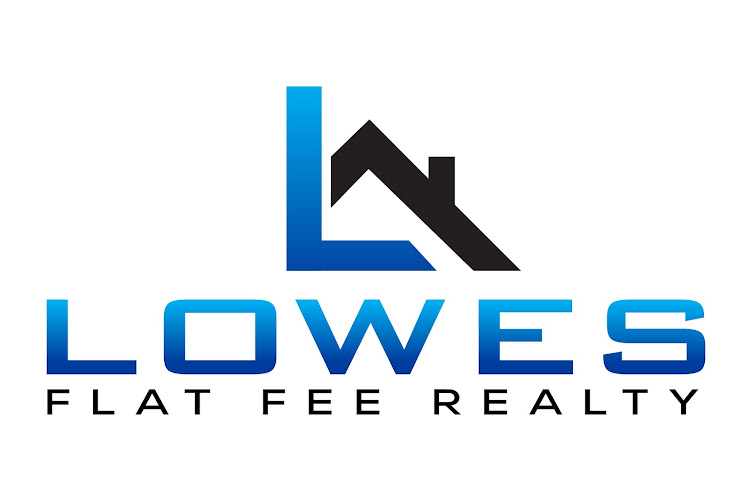Single family home sales in October 2013 were 615 in Ada County, a decrease of 4% compared to October 2012. We had a strong feeling that October was going to be lackluster and it was. Plus, October 2012 was a gangbuster month. I’ll go out a limb right now and predict that November 2013 will beat November 2012 sales by at least 7%.
Year-to-date sales are 6,810; up 15% over 2012 YTD sales of 5,905.
Dollar volume for October was up 13% to $152 million and YTD we are just under $1.6 billion in sales.
Days on market averaged 52 in October, up from 46 in September. Our year-to-date average is 51 days.
New homes sold in October totaled 137; down 17% from October 2012.
Historically, October sales decrease an average of 3% from September. October 2013 sales decreased 10% compared to September 2013.
The impact of the Government shutdown in October will take months to figure out. Preliminarily, homes took longer to sell; sales decreased more than just “seasonably adjusted”; Pending Sales nudged up a little.
Of the total sales in October, 9% were distressed; no change from last month. In October 2012, 23% of sales were distressed.
Pending sales at the end of October were 910; down 1% from September 2013.
Of Pending sales in distress (13%), there was an increase in the number of REOs (from 38% to 48% of activity; 38 total sales) and a decrease in short sales (from 62% to 52%; 42 total sales).
At the end of October, we had 9% fewer sales pending than at the end of October 2012. This is the third consecutive month in which we’ve seen a decline in pendings relative to the previous year. This is a key number to monitor moving forward.
October median home price was $214,000; up 21% from October 2012. According to
NAR’s most recent report; national median price is $199,200.
New Homes median price for October was $275,000; up 14% from October 2012. For Existing homes the increase is 17% to $190,000.
This is the highest monthly median price we’ve had in 2013 and the fourth month in which we’ve been above $200K.
In Ada County, the median family income is $67,519; making a $214,000 home within reach for that “median family income” family.
The number of houses available for sale at the end of October decreased 1% from September 2013 to 2,496. This reverses nine consecutive months of increasing inventory. This is 27% more than last year at this time. Since January we have increased the number of single family homes for sale by 52%, allowing us to grow our YTD sales increase.
Of the total active listings, 10% are distressed, down 1% from the end of August 2013.
With inventory increasing and the percentage of distressed inventory decreasing, median home price will remain strong through the end of this year.
Of our Distressed Inventory, 76% is Short Sales (189) and 24% is REO (59).
Available inventory decreased at all price points except in the $160,000 to $200,000 range, with an increase of 26 homes.
In Ada County we now have 3.8 months of inventory on hand, up a little from the end of September.
The price category in shortest supply is <$120K where we have 2.3 months. All price points up to $400,000 have a 4 month’s supply. Above $400,000 the supply is greater than five months. Remembering that six months of available inventory describes a “stable real estate market”; it looks like we are heading into a period of “normal” like we haven’t seen in several years.
Of sales in October, the most popular price point was $120,000 to $160,000 (21%); followed in a near dead heat by $160,000 to $200,000, $200,000 to $250,000 and $300,000 with 17% each.
So…what’s next?
The only thing we’re sure of right now is that we’re not really sure of anything. At the NAR Convention last week, Boise was singled out as one of the nation’s “bright spots” for 2014.
What does that mean? It means that we are more likely than most to continue with strong sales, improving median price and sustainable inventory levels. Couple those with better employment and our quality of life and we come out on top every time.
I’m sticking by my median price projection of between $195K and $200K for the year.
